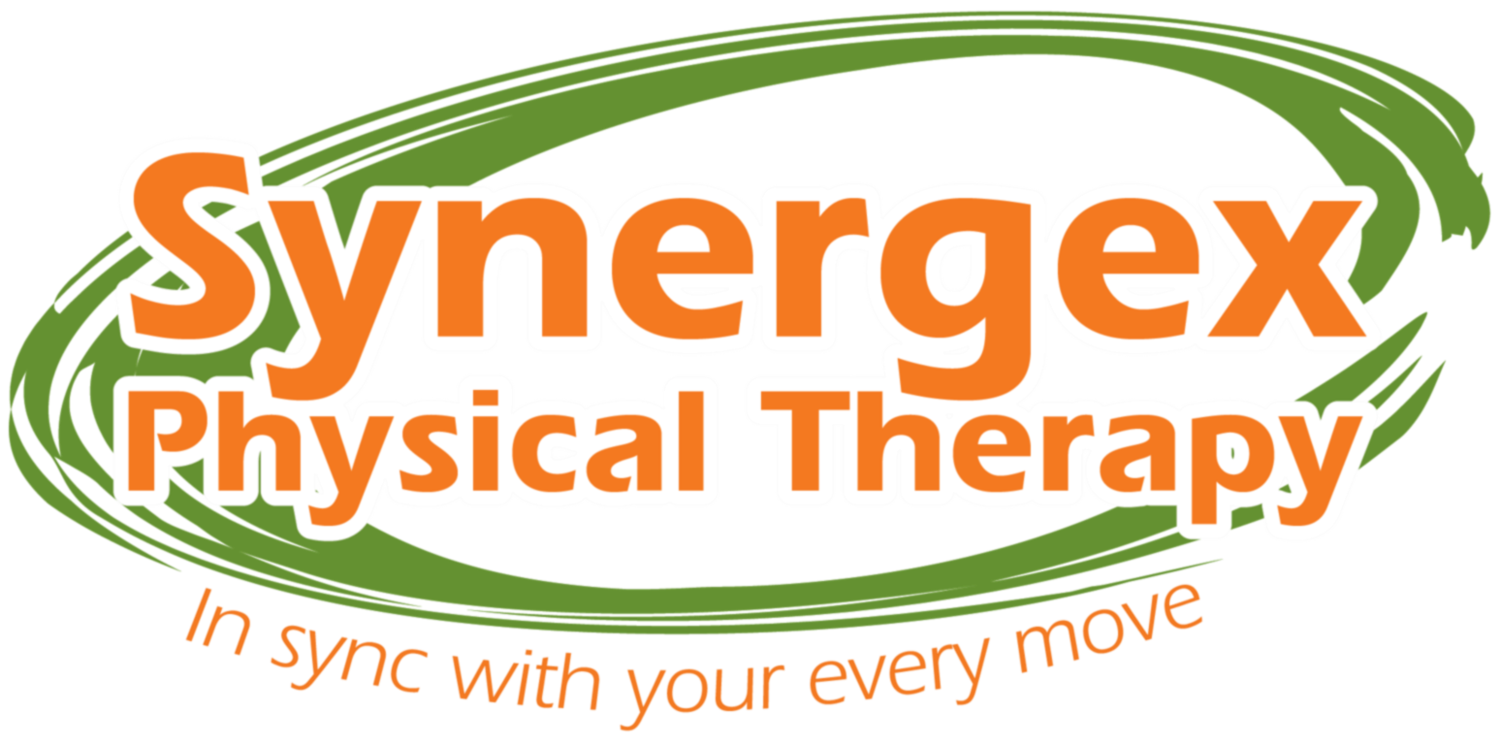According to the NFHS, National Federation of State High School Associations, it is estimated that over 140,000 high school athletes across the United States suffer a concussion each year. As a parent of active children, being aware of symptoms of a concussion is important. While many believe that concussions only occur when an athlete loses consciousness, in actuality, a concussion can occur even when symptoms are not as apparent.
Recognizing Symptoms:
A critical step you can take to ensure your child is having a healthy athletic experience is to be aware of warning signs of a concussion. You may notice changes in your child’s behavior or thinking, or your child himself may complain about cautionary symptoms.
Symptoms:
Thinking
- Feels confused
- Appears dazed or stunned
- Not thinking clearly
- Slow process of thinking
- Concentration/ Memory problems
Physical
- Nausea/ Vomiting
- Headache
- Dizziness/ Imbalance
- Blurred vision
- Sensitivity to light/ noise
- Diminished energy
Emotional
- More emotional
- Anxious/ nervous
- Easily upset/ angered
Sleep
- Changes in normal sleep pattern
When one or more of these symptoms are evident, it is important to
1. Stop sport/ activity 2. Seek medical evaluation
When Can An Athlete Return to Play?
No athlete should return to play on the same day.
All athletes who sustain a concussion must undergo an evaluation by a healthcare provider and must be clear of all symptoms during physical testing. Even if it appears that your child is symptom free, healing my not be complete. For this reason, ample rest is required for complete recovery.
- Following medical clearance, a return to play schedule should be followed to allow the brain to re-adjust to exertion. This schedule should be enforced over time allowing your child to be asymptomatic for each step for a period of time prior to progressing.
Step 1: Light exercise, including walking or riding an exercise bike. No weight-lifting.
Step 2: Running in the gym or on the field. No helmet or other equipment.
Step 3: Non-contact training drills in full equipment. Weight training can begin.
Step 4: Full contact practice or training.
Step 5: Game play.
When Can An Athlete Return to Learn/ School?
Just as a child should gradually increase physical activity post-concussion, all cognitive activities should slowly be reintroduced after a period of rest. By consulting your doctor, you can create the optimal return to learn schedule for your child similar to the one presented below.

